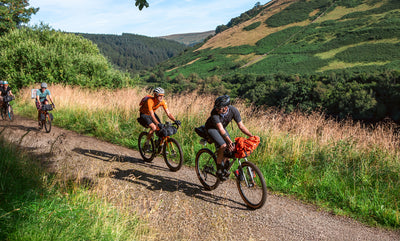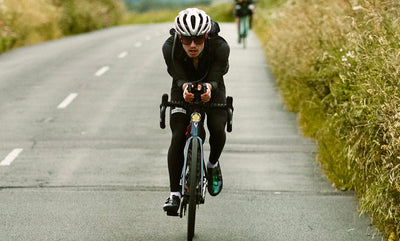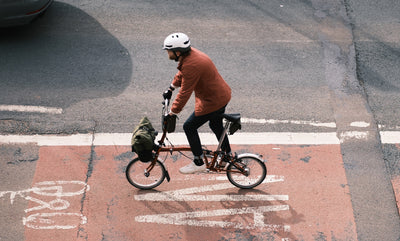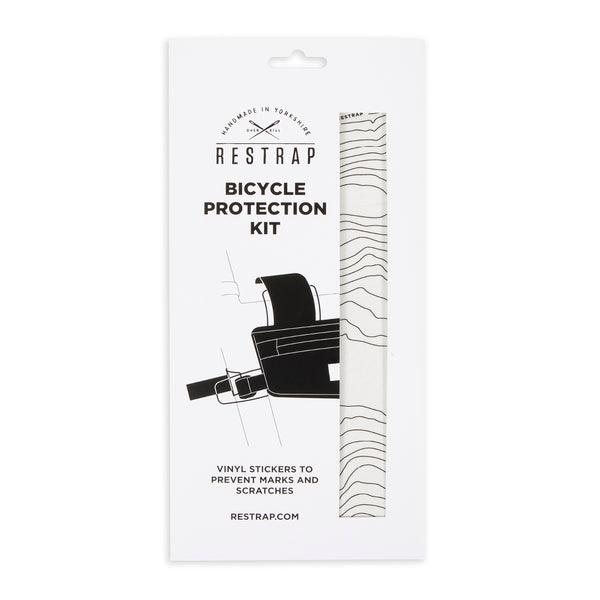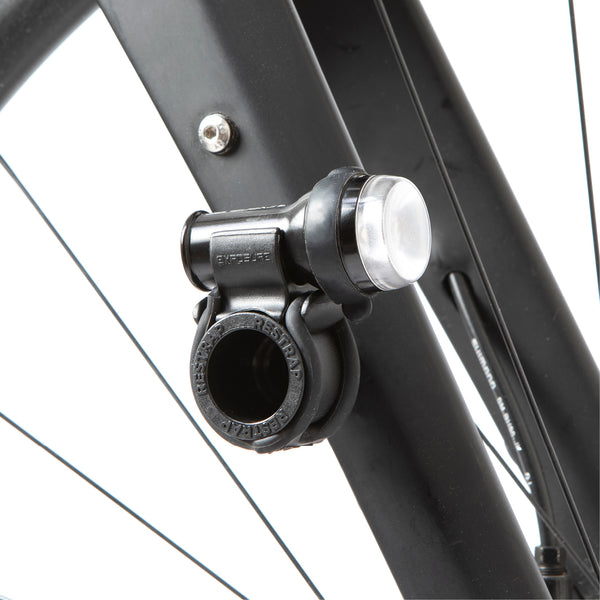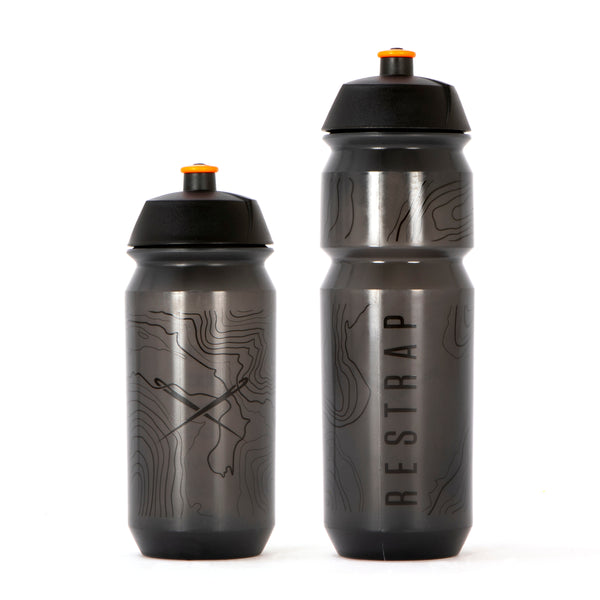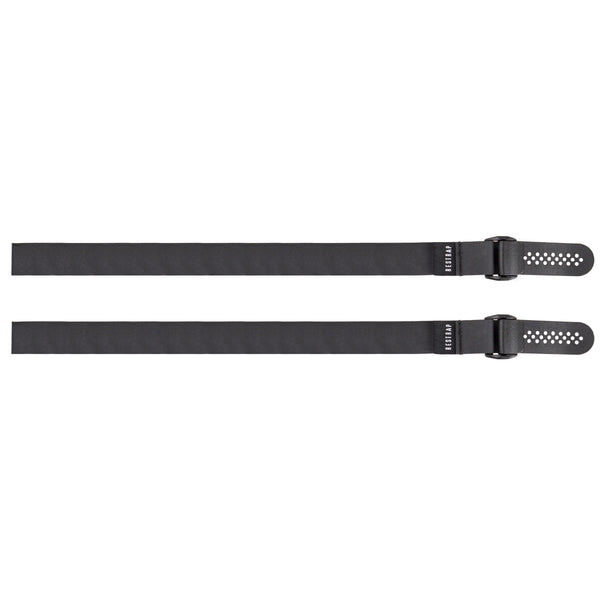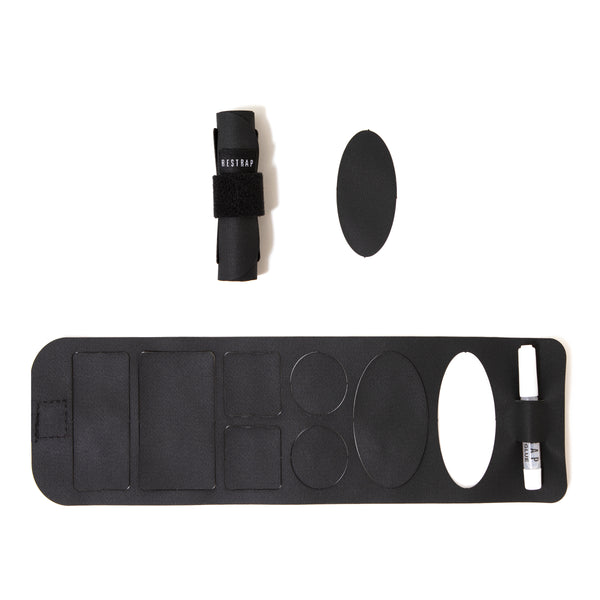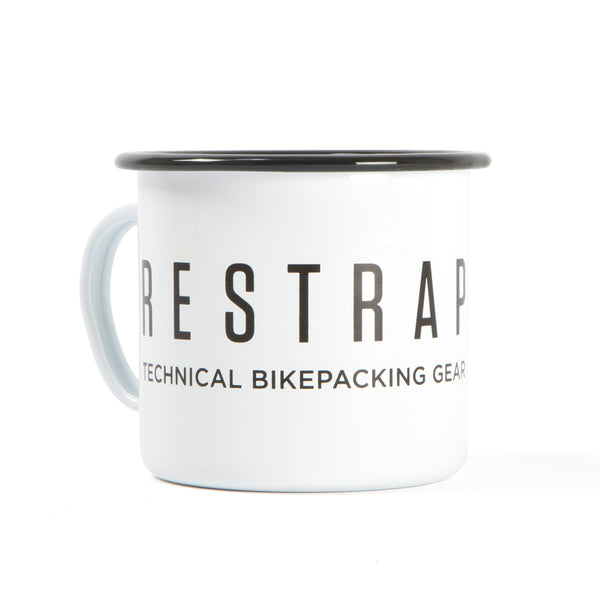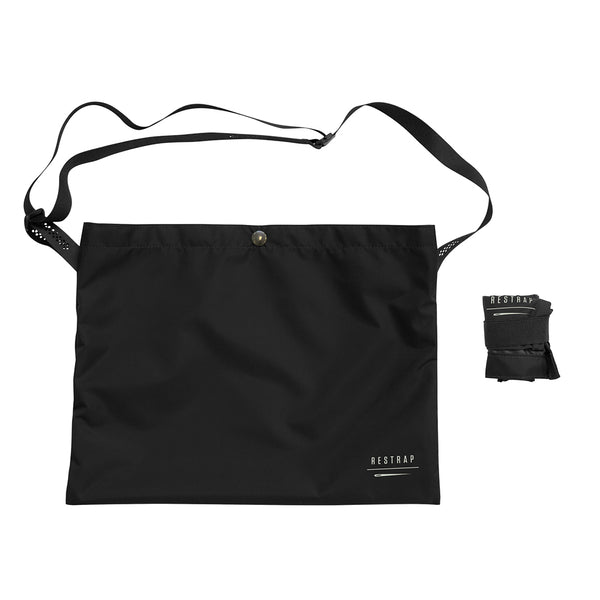Your cart is empty!
Going the Distance

Cyclists love numbers. Some of us get our kicks from looking at wattage, power output, power-to-weight and heartbeat. Others might look for elevation, or try to push their average speed higher and higher until their strava automatically removes their rides because it thinks they’re riding a motorbike. That’s all a load of rubbish though, because I’m sure we can all agree that one of those numbers trumps all the others. And that’s distance.
Distance is the great leveller of any cyclist because there’s no doubt that long miles are hard. It doesn’t matter how fast you are. It levels the playing field and it’s a relatable way to measure yourself against your mates.
A lot of us ride here at Restrap (as you can see from looking at our bike area), so I did a quick whip around the Restrap workshop asking our team what their furthest single ride was and all of a sudden it became a contest of who was the better cyclist. Not that it really matters, but we were all keen to trump each other because we know it’s tough. Distances ranged from 20 miles all the way up to 338 miles for one ride.

Driven by a competitive spirit, a couple of us here at Restrap HQ decided we would try to jump a few places on that leaderboard and cycle 200 miles from Leeds to London in one go. We’d always wanted to ride a double century, and it was a good excuse to get it done.
Let’s define a “in one go”, first of all. Some people think ‘one ride’ will involve the entire tour, as it’s all done by bike so it still counts. Other, more hardcore riders will tell you that it doesn’t count as ‘one ride’ if you get off the bike at all (they must be great at track standing). It’s one of those an obscure debates for hardcore fans of long distance cycling to get heated about while they chew on another petrol station pasty at 3am.
In our opinion, ‘one ride’ should unfold the same way a 30 mile jaunt on a Sunday would. It’s essentially what you can manage between a proper sleep, or change of clothes. If a nap becomes a sleep, that seems like a logical stopping point.

So what goes into riding a long way? We’ve boiled it down to the following:
Preparation
Scout’s motto: Be prepared. Clichè, sure; but clichès exist for a reason. Going far means you need to think about a few things you might not normally take into account.
While riding from Leeds to London, we hadn’t really considered that setting off at 3am meant the roads were practically empty. This meant all of the cycle paths and small roads that we had planned along the route to avoid traffic were more of a hindrance than anything. We realised this pretty quick and picked the main roads that we would normally have avoided instead because it was easier and faster.

Route planning is a big one. You will want to keep it interesting by giving yourself things to check off as you go along. Riding the same looking farm lanes lined with hedgerows is going to bore the pants off anyone after 17 hours on the bike, so having things to check off en route will keep your mind ticking over, keep up your interest and give you something to aim for along the way. That could be anything from climbs along the way, towns and cities or food stops.
It’s worth noting that the further away you are from home turf, the more you’ll need to consider what happens if it goes wrong. It’s always a good idea to factor in an escape plan along the way so you aren’t stuck 80 miles away from home, and another 80 miles to the nearest train station.

Mind
The biggest barrier to completing a 200 mile ride is a mental one. Just the idea of riding really bloody far can sour the mind a little if you’re not in the mood for it. On a solo attempt at a 200 miler a few years ago, I kept catching myself counting miles left before I had even got a quarter of the way. It didn’t take long before I decided the task was insurmountable and I just turned round and went home instead.

Eventually, I found the way I would trick my brain into getting the job done was to do it with mates. We had spent a couple of months building up to the ride, and we arrived at our meeting point knowing we had a mission that needed to be done. Riding with mates gives you a wheel to sit on when you’re tired, someone to talk to and makes pushing through the fatigue a lot easier.
This varies for everyone, but you might find direct A-to-B routes are much easier to ride further on because once you’ve gotten so far into it, you’re committed. Just that alone can make the difference in the mental game. That said, you might be part of the crowd that doesn’t need to play mental games to keep going. You might just love riding your bike. And if that’s the case, I simultaneously salute you, and worry about your sanity.
Carl, the lunatic mentioned above who rode 338 miles (on a fixed gear, by the way), seems impervious to suffering, and has become known for always smiling no matter how hard the ride. We all wish we were like Carl.

Body
As mentioned above - long rides are hard. The reason for this difficulty is pretty universal for everyone: it hurts. Humans weren’t designed to sit on a very small uncomfortable chair and lean on their hands for over 19 hours while spinning their legs around. Everyone deals with this differently, so take the time to learn what your own aches and pains are going to be and how you’ll cope with them.
‘Don’t go searching for pain, it will find you’. A nice joy filled quote that rings true. Setting off like it’s a greyhound out the gates isn’t going to do you any favours. Long distance junkies will tell you it’s a matter of hare and tortoise and your legs are going to wear out at some point, so try to prolong the freshness for as long as possible and ride within yourself.

Food
It’s a well known fact that the distance you ride is determined by how much food and drink you can throw into your face along the way. This is where the luggage comes in. Carrying food is key to pushing out the distance and having it close to hand makes a big difference.
If I’m riding anything over 100 miles I’ll usually make sure to load up my frame bag with snacks, or run a pair of stem bags full of grub to pick at along the ride. I’ll usually put sweet stuff in one side and savoury in the other, so I know what to reach for when a craving hits. A mouthful of skittles hits differently to a dry oat bar at mile 160, so it’s always a good idea to have a variety, too.

It stands to reason that the more food and water you can carry, the further you can go, so having a good set of cockpit bags essentially functions as a long range fuel tank. Just remember: You can never have too much food, but you can certainly have too little. There’s nothing wrong with carrying a packable musette with you if your eyes are bigger than your stomach and you overdo it at the shop. You’re going to eat it anyway, right?
For the most part, that’s all there is to it. All it boils down to is riding your bike for longer. Carry loads of food, have a nice route and take care of your body and you'll be fine.


You’ve done it!
Amazing! You conquered your personal demons, you consumed twenty times your own body weight in Haribo and you’ve ridden so far that you actually had to consider whether taking a plane home was cheaper than it’s alternatives. But now what? Well... bad news. The challenge of beating your longest ride starts again. And now you have a bigger number to reach.
Before you do that though, you’ll want to bask in your own glory for a bit, obviously. Beating your longest ride is a huge sense of accomplishment, and that goes all the way from your first 20 mile ride, all the way up to your first 200. That's why it's addictive. We all secretly enjoy explaining to non-cyclists how far we’ve ridden. A lot of people just can’t fathom how far you can actually travel on a bike when you want to. It’s also worth explaining the funny walk you’ve adopted around the office the day after said ride…

If you aren’t much of a distance junkie, hopefully this gives you a bit of a taste as to what goes into reaching further and further distances on the bike, and makes you want to push yourself a little further. Despite me writing this entire article, there really isn’t much to it. All it boils down to is riding your bike. That simplicity is certainly part of the appeal for a lot of us, so give it a go!
Keep an eye out for our Solstice Century rides, which run twice a year in winter and summer. Check out our video from when we sent Tim and Jack from Friction Collective out with Jerome Cousin, on last year’s Solstice Century:
- Jon Hicken
Photo Credit:
Dan King (@breakawaydigital), Rupert Hartley (@ruperthartleyphoto), Gideon Jones (@gideonparanoid), Tom Hill (@24tom)

